Starting around 2007, print journalism underwent a massive transformation. Advertising dollars moved from the printed page to the internet, robbing large metro dailies as well as alt-weeklies like Isthmus of their main source of revenue. Newspapers shut down or went online entirely and thousands of journalists across the country lost their jobs. Now public media is going through a similar seismic shift.
That new reality hit home in a stark way in late June when Wisconsin Public Radio announced it would be discontinuing four popular, home-grown shows with national reach: To The Best Of Our Knowledge, BETA, Zorba Paster On Your Health and University of the Air.
When Steve Paulson and Anne Strainchamps, co-founders of To The Best of Our Knowledge, posted the news on Facebook, the response was predictable. “I am heartbroken to hear this news,” wrote David Haskell, a biologist and writer who had appeared on the show. “TTBOOK is a beacon, a catalyst, and a much-needed source of life-affirming conversation and connection.” There were many such comments.
Sarah Ashworth, who has been at the helm of WPR for two years, says in an interview that a number of factors led to the “incredibly difficult and painful” decision to eliminate the shows and lay off staff, starting with a budget deficit that emerged around the 2020 pandemic. Also since COVID, “habits have shifted more than we even expected and people are consuming media differently.”
She adds that more people now access programs on digital and in on-demand spaces and drive-time habits have changed with the proliferation of remote work. “There was a system that worked for a really long time where people found their way into public media, they listened for a while, they became members and supported it,” Ashworth says. “That system has been broken for a few years and that is not unique to Wisconsin or WPR. It’s a shift that stations all across the country are grappling with and nobody has quite landed on the best way to raise revenue on digital platforms.”
There is also now the very real threat of massive federal funding cuts, up to $1.1 billion for public media organizations across the country. Wisconsin Public Media — which includes WPR and PBS Wisconsin — and the Educational Communications Board, which oversees the broadcasting infrastructure for public media, including station licenses, gets about 10% of its revenue from the feds.
Ashworth says WPR operated at full force during COVID even as revenues did not keep pace, mindful that the public needed information during a time of crisis. But as “good stewards of public and donor money” it must now look to its future. That course, says Ashworth, is being guided in large part by the “most comprehensive audience research” the station has done during the last five years.
The Researching Unmet Needs (RUN) study, conducted in 2024, surveyed the general population — not regular public media users — across the United States; a special survey of Wisconsin residents was done as well. The purpose, according to the executive summary, was to “identify opportunities for local public media organizations to better serve their communities by researching the unmet needs of those communities.”
Ashworth says the findings of the survey were clear: There is a “craving and desire for local content and live connections.” She acknowledges that “local means different things to different people and we’re a statewide organization,” but she points to Wisconsin Today, the news program hosted by Kate Archer Kent and Rob Ferrett, as an example of what WPR might be doing more of in the future.
Fostering “live connections” is already underway in prioritizing WPR-sponsored events, including Pint-Sized concerts, WPR Music Trivia and WPR Classical Music Bingo.
Says Ashworth, “We’re creating spaces for people to come together in service of community bonds.”
Strainchamps might argue that To The Best of Our Knowledge, often referred to as TTBOOK, fosters community as well. It says so right on the show’s website: “TTBOOK helps listeners feel less alone and more connected — to our common humanity and to the world we share.” The Peabody-award winning show features interviews with scientists, researchers, artists and writers, often exploring big ideas like infinity, grief and death.
Stainchamps is grateful that WPR management made it known six months ago that layoffs were likely. It gave staff time to seek out other opportunities if they wanted. And, she says, the tea leaves were there for the reading: “The announcement of [WPR’s] decision to double-down on Wisconsin-focused content certainly made us aware there was a chance we were not going to fit in whatever direction they were going in.”
But Strainchamps does have a quibble along those lines, arguing that TTBOOK has always covered Wisconsin and, in particular, its flagship university. It is the epitome of the Wisconsin Idea in action.
“I’ve always seen TTBOOK as a showcase for the intellectual richness of the University of Wisconsin,” she says, adding, “We’ve always started with our connections with people here on campus and then reached out to folks across the country to put folks here in dialogue with others in Georgia, D.C., Paris and London. What we’ve done is to try, through the bridge we’ve created, to use the radio program as a kind of intellectual commons.”
Strainchamps notes that what’s happening at WPR is part of a trend: “For the last three years at least there has been a steady stream of layoffs happening at other public radio stations across the nation.” And she acknowledges that with the move to streaming and on-demand listening, fewer people listen to the actual broadcasts of programs. “How many people do you know who have a radio in their homes?” she asks.
I do and I mostly listen to it in the morning, while making coffee. When I asked that question of Jack Mitchell, who was National Public Radio’s first employee, the first producer of All Things Considered and the head of Wisconsin Public Radio from 1976 to 1997, the answer was different. “I listen to public radio streaming on Alexa at home,” he says. “I listen to the radio in the car.”
Mitchell sees a dim future for broadcasting — that is, the delivery of programming to the radio or television via transmitters and receivers. “Broadcasting is dying and public broadcasting is dying with it,” he says.
“I watch the News Hour every night on PBS. I listen to Morning Edition every morning. I love it, but I’m 84 years old. I don’t want it to change but it has to.”
He thinks that “funding public content will continue to be important,” serving the need for a “place where ideas are bounced around and people don’t just preach but debate. That is what I think is missing from our current media environment and public broadcasting should do that.”
As far as Mitchell’s prediction of the demise of broadcasting, Marta Bechtol, the executive director of the Educational Communications Board, says not so fast. One of the services the board provides is emergency alerts and weather alerts. Yes, you might get these other ways, but they are not as reliable.
“Broadcast transmissions back up cell phones,” Bechtol says, “because what we know and what people have experienced all over the country is that cell signals are generally the first thing to go down in storms or other disruptions. So broadcast is there as a means of communicating with people under duress.
“Radio and television waves can penetrate walls and forests,” she adds. “They are much stronger and more durable based on the ways the waves travel, if anyone stayed awake for physics class in high school.”
I’ve been around long enough to see media organizations, in hard times, change direction to pursue what they think audiences want, only to see those efforts peter out over time. Media organizations scrambled in the early 2000s to adopt a digital-first approach, directing reporters to blog, create video, promote themselves and be active on social media. None of those pivots made news organizations more sustainable.
As for the good folks at WPR, I wish them well. Bringing people together with public events is a worthy goal, and the people of this state and nation are in dire need of meaningful connection. But I wonder: Is that the best use of our top-notch news gathering organizations?


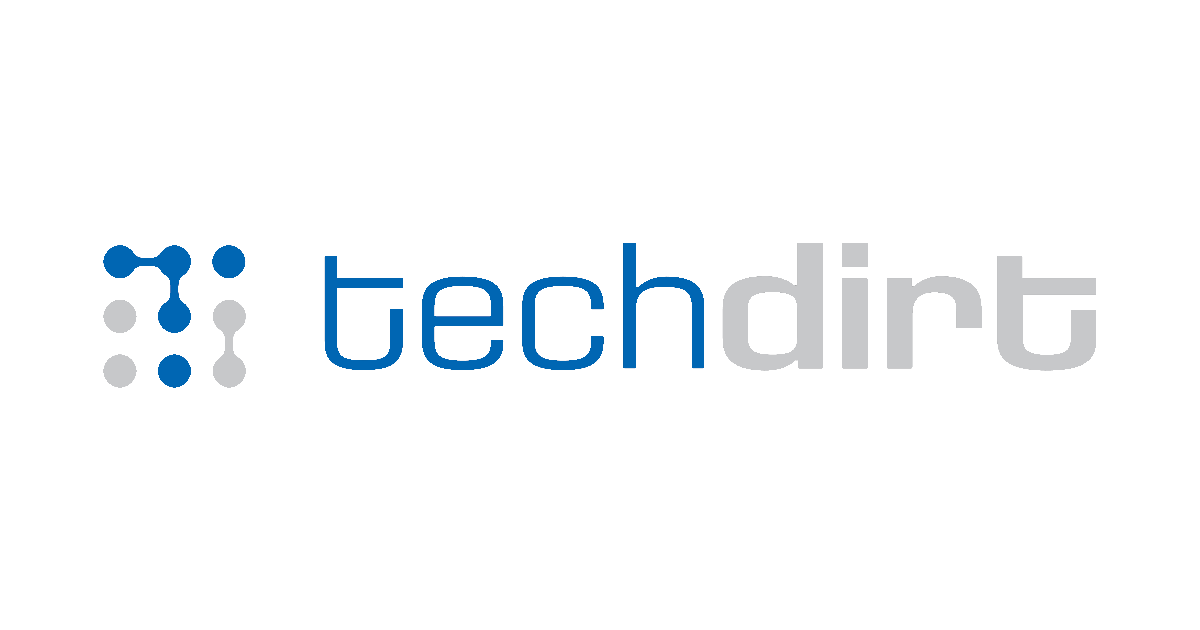





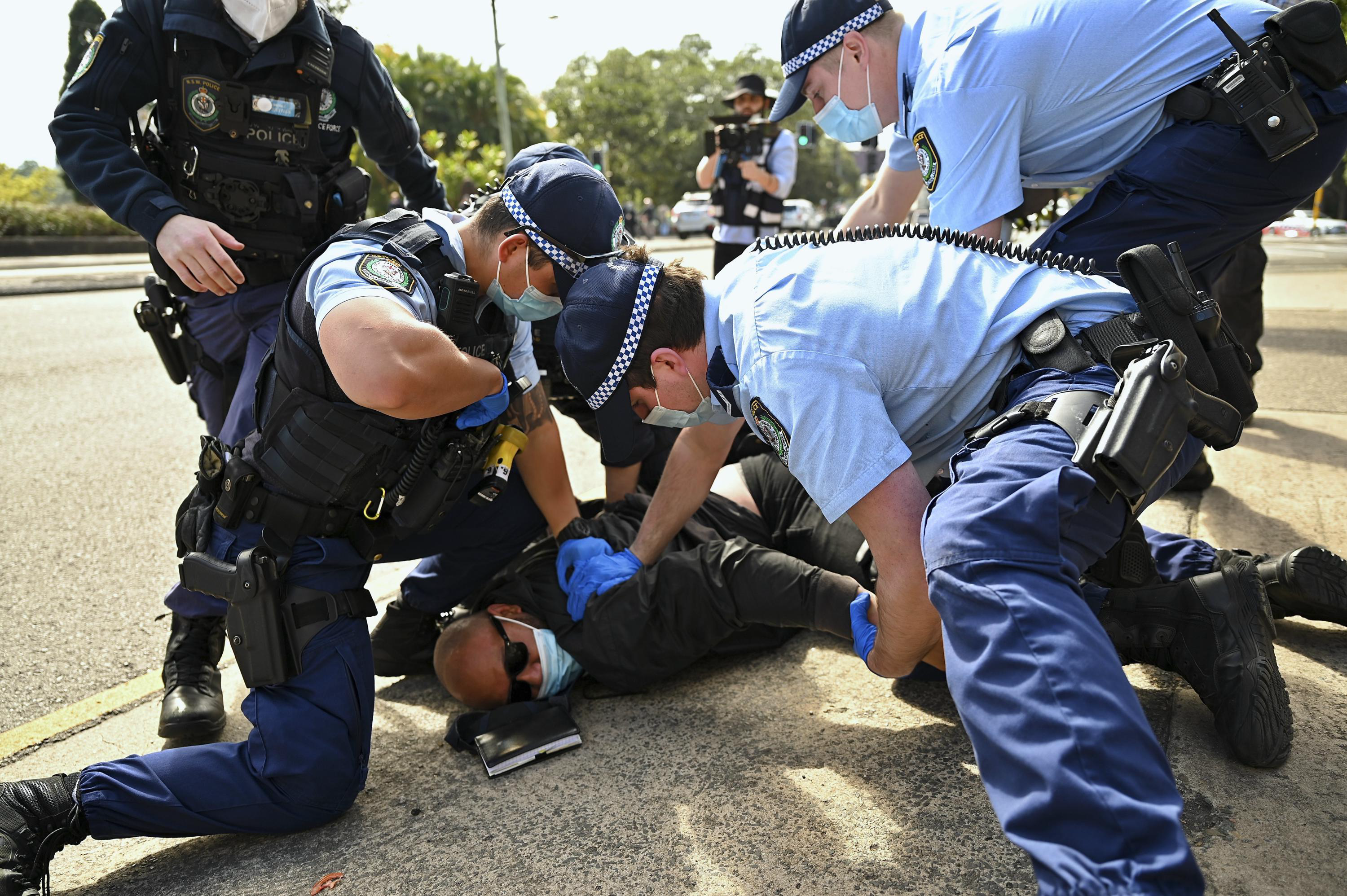
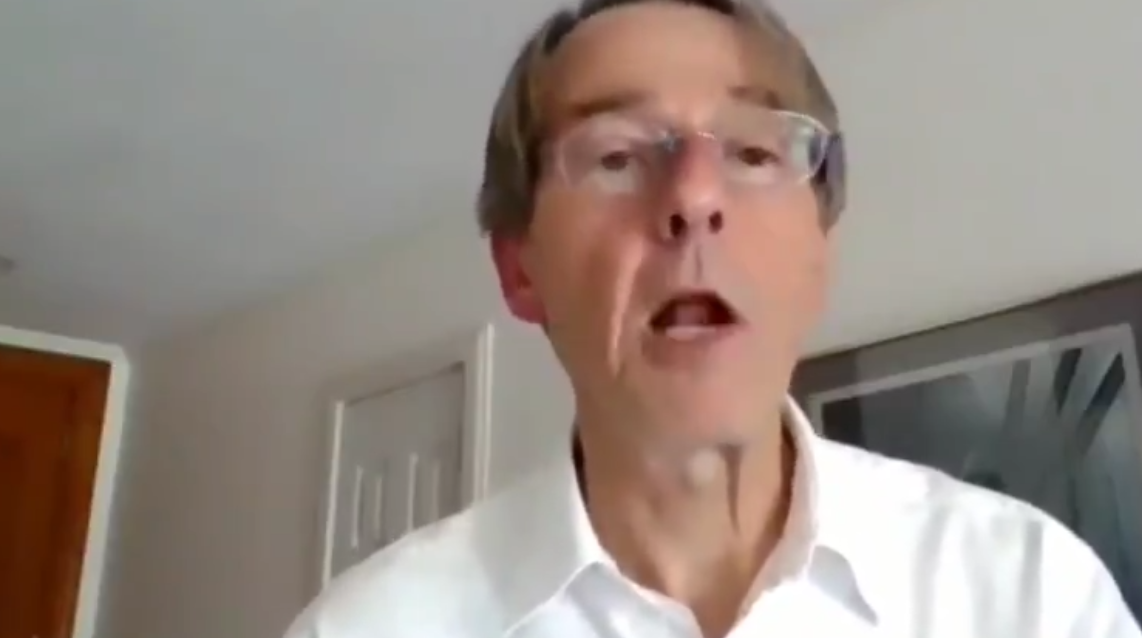
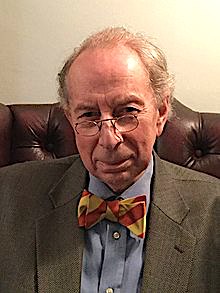

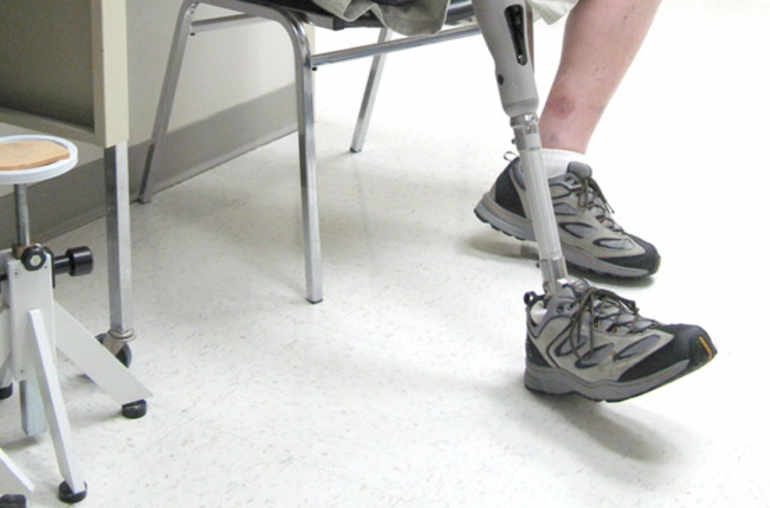




.jpg)



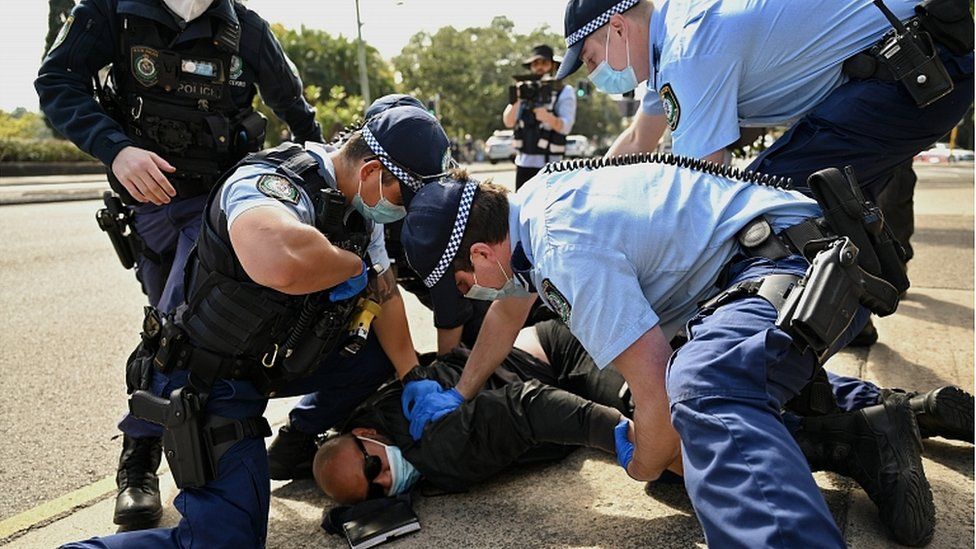


 English (US) ·
English (US) ·  French (CA) ·
French (CA) ·